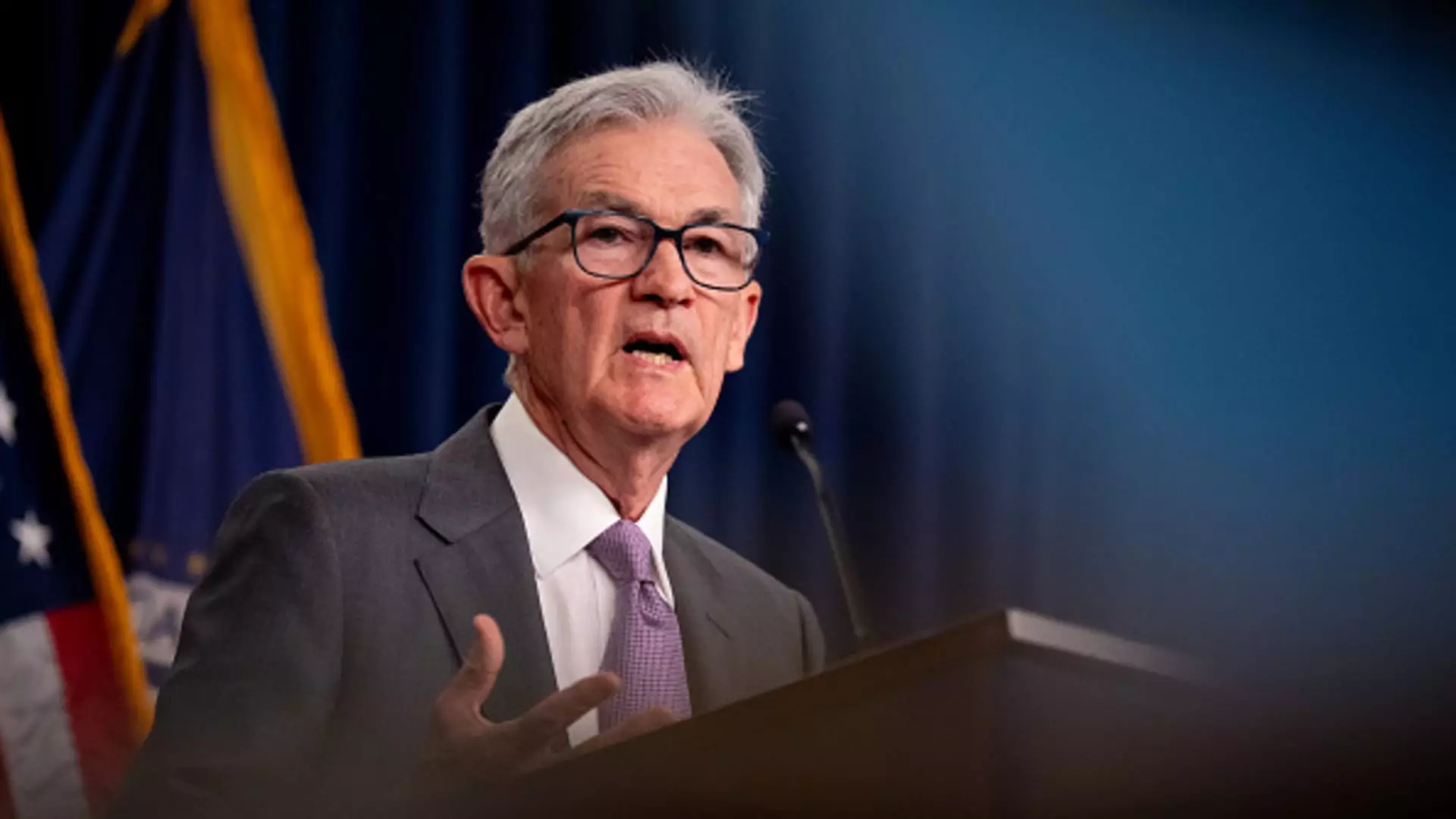Federal Reserve Chair Jerome Powell’s recent speech at the annual retreat in Jackson Hole, Wyoming has set the stage for potential interest rate cuts. He did not provide specifics on the timing or extent of these cuts but emphasized that policy adjustments are necessary. Powell highlighted that the pace of rate cuts will be dependent on incoming data, the evolving outlook, and the balance of risks.
Powell acknowledged the progress made on inflation, pointing out the decline and normalization of supply constraints. He emphasized that the labor market is no longer overheated, and conditions are less tight than before the pandemic. This shift has allowed the Federal Reserve to focus equally on maintaining full employment in addition to addressing inflation concerns.
Following Powell’s speech, the stock market experienced gains, while Treasury yields dropped sharply. Market traders are anticipating at least a quarter percentage point rate cut in September, with some speculating on a potential half-point reduction. The response from economic experts, such as economist Paul McCulley, suggests a consensus on Powell “turning the page” and shifting focus from inflation to employment.
While inflation rates have shown improvement, they are still below the Federal Reserve’s 2% target. Additionally, the unemployment rate has gradually increased, hinting at economic challenges. Powell attributed the rise in unemployment to more individuals entering the workforce rather than a decline in labor market conditions. He expressed optimism about progress made in stabilizing prices and maintaining a strong labor market.
Despite indicating a need for policy adjustments, Powell did not specify when these changes would occur. The release of minutes from a previous meeting suggests that a majority of officials anticipate a rate cut in September. Market analysts view Powell’s stance as dovish and expect significant easing measures in the near future.
Powell delved into the factors contributing to the recent surge in inflation, attributing it to global demand shifts, strained supply chains, tight labor markets, and commodity price hikes. He highlighted the Federal Reserve’s response to rising inflation, which included multiple rate hikes to address the situation. Powell mentioned that well-anchored inflation expectations played a crucial role in easing price pressures without triggering a recession.
Powell concluded his speech by acknowledging the need for further analysis and learning from recent economic events. He emphasized the importance of anchored inflation expectations and central bank actions in facilitating disinflation. Powell’s speech reflected a cautious yet optimistic outlook on the economy and the Federal Reserve’s role in maintaining stability.
Federal Reserve Chair Jerome Powell’s speech at the Jackson Hole retreat outlined the need for policy adjustments, particularly in relation to interest rates. His focus on inflation, employment, and future prospects indicated a nuanced approach to economic challenges. Market responses and expert analyses suggest a general anticipation of rate cuts in the near future. Powell’s evaluation of recent inflation trends and policy responses highlighted the importance of anchored expectations and decisive central bank actions. As the economy continues to evolve, lessons learned from past experiences will shape the Federal Reserve’s approach to maintaining economic stability.

